The distinctive calmness of a moonless night in Sasan Gir National Park in the Junagadh district of Gujarat is sometimes broken by the primeval call of an Asiatic lion which never fails to chill even the bravest of hearts. This fierce and reverberating roar is spellbinding in its majesty, reflecting the spirit of the king himself.
Sasan Gir National Park in Gujarat, India is the only place left on the planet where you can actually hear the call of the Asiatic Lion , Panthera leo persica. There was one a time, when this graceful creature roamed the lands of Yemen, Macedonia in Greece, Iran, Afghanistan, Pakistan and India, sometimes even living on the borders of Bangladesh. But now it is confined to a single protected area in Gujarat.
Human encroachments and the invention of gun powder not only made sure that the lion’s habitat got transformed into farmlands and urban areas, but also that the animal was reduced to becoming merely a poacher’s trophy. Thankfully,one person, namely the late Nawab of Junagadh, gave this creature the respect it deserved and issued a complete ban on the hunting of game, in and around the district in 1910. This move has clearly prevented the king of the jungle’s disappearance.
Read More: Asiatic Lions No More Critically Endangered
An African Cousin
The Indian lion does have a distant cousin in the land of Africa. Asiatic and African lions separated as recently as 1,00,000 years ago, and are thus very close in genetic makeup. In fact, the differences between the two are less than those found between different human racial groups. However, the differences are significant enough for one to be able to distinguish between an Asiatic and an African lion if one knows what to look for.
Asiatic lions tend to be smaller than their African cousins. Compared to the African lion, the male Asiatic lion has a relatively short, sparse mane. As a result, the male Asiatic lion’s ears tend to remain visible at all times. In addition to this, the mane is generally darker than that of African lions. The former have thicker elbow tufts and a longer tail tuft than the latter. The most distinguishing characteristic of all Asiatic lions is a fold of skin that runs along their bellies.
Another marked difference between the two subspecies is the way their group is composed. Lions are, in general, very social creatures. It is really amazing to see how a group of lions, known as a pride, live, eat and sleep together.
The African lions have a much bigger pride than the Asiatic lions composed of 5-6 lionesses, a lion and cubs. The lioness, being more agile, is appointed for the killing whereas the lion is the protector. Some suggest that it may be due to the fact that Asiatic lions hunt small animals like deer as compared to its cousin that lives in the great African land of wild beasts and zebras that the pride composition is such.
Read More: Endangered Asiatic Lion Drowns in Flash Floods in Gujarat
While the lions of Africa need more numbers to charge and kill their prey, in India the restricted area and the size of the prey allows the lioness to do her job alone or sometimes with a companion. As can be seen, it is the female of the species that has a more important role to play in the life of the pride.
Femme Fatale
While the male lion is off patrolling the pride’s territory, the lionesses are the ones that do most of the daredevilry for the group. From hunting, looking after the cubs, giving them important survival lessons, to protecting the entire pride from enemies, the lioness is the best example of female empowerment. Usually there are two to three lionesses in an Asiatic lion pride and when a cub is orphaned, the other females of the pride quite naturally take up the job of caring for the little one.
The male Asiatic lions have been found to be solitary creatures that love their sleep, and join the pride only during the mating period or to share a large kill. As a male cub reaches its youth, it is sternly directed to look for other territories while the female cubs usually continue to live with the same pride.
Must Read: Celebrating the Lion Queeens of India
An Ideal Habitat
The Sasan Gir National park with its dry deciduous forests and the thorny shrubs do prove to be a paradise for the lions that can go easily undetected in the brownish surroundings and thus hide from their prey. The most important aspect of the Gir forest has been its metamorphosis into a very stable, self-sustaining and regenerating ecosystem with a rich and diverse flora and fauna.
Gir forms the catchment area of seven perennial rivers namely Hiran, Saraswati, Datardi, Shingoda, Machhundri, Godavari and Raval. There have been more than 400 species of plants recorded in this area, the teak tree being the most prominent. Apart from this, 38 species of mammals, around 300 species of birds, 37 species of reptiles and more than 2000 species of insects have been recorded.
From the leopards, jungle cats, hyenas, jackals, marsh crocodiles to the chital, nilgai, sambhar and wild boars, the carnivores and the herbivores have all thrived in this area of rich biodiversity.
Read More: 5 Facts to Know About Asiatic Lions
So, in more ways than one, the Gir forest has provided a home and last refuge to not just Asiatic Lions but a vast number of other living beings. The best acknowledgement of this fact has been the ever-increasing population of the Asiatic lions in Sasan Gir. From an estimated 12 (or less) in 1901 to 200 in 1965 to as many as 359 in 2005, and 523 in 2015, the big cats have come a long way.
However, Gir is not without its own problems. This area has been home to lions and also to the human population of Maldharis – livestock grazing tribal and pastoral villagers who have been living here for centuries even before the area was declared protected. Between them, they add up to 7500 villagers and around 14000 cattle.
In such situations, where the lion has to live in close proximity with humans, conflict is inevitable. With the ever increasing population, the Lions have already started expanding their territories with a pride turning up near Diu, with the sea just a stone’s throw away. Most lions avoid water as their body temperature drops drastically when wet and oils in their fur that help keep insects away can be washed off. Yet, pressure to avoid territorial fights has led the lions to live in such a habitat.
Read More: Whose Lion is it Anyway?
Asiatic lions are regal creatures and in the shades of the Gir National Park, they do allow humans to come near them and witness their daily routine. But as they expand their kingdom one wonders whether the human animal relationship will ultimately hit a reef. Until then, of course, these graceful creatures will continue to be at the ecological centre of the region.
The article by Atula Gupta was originally published in Heritage India magazine in 2009.






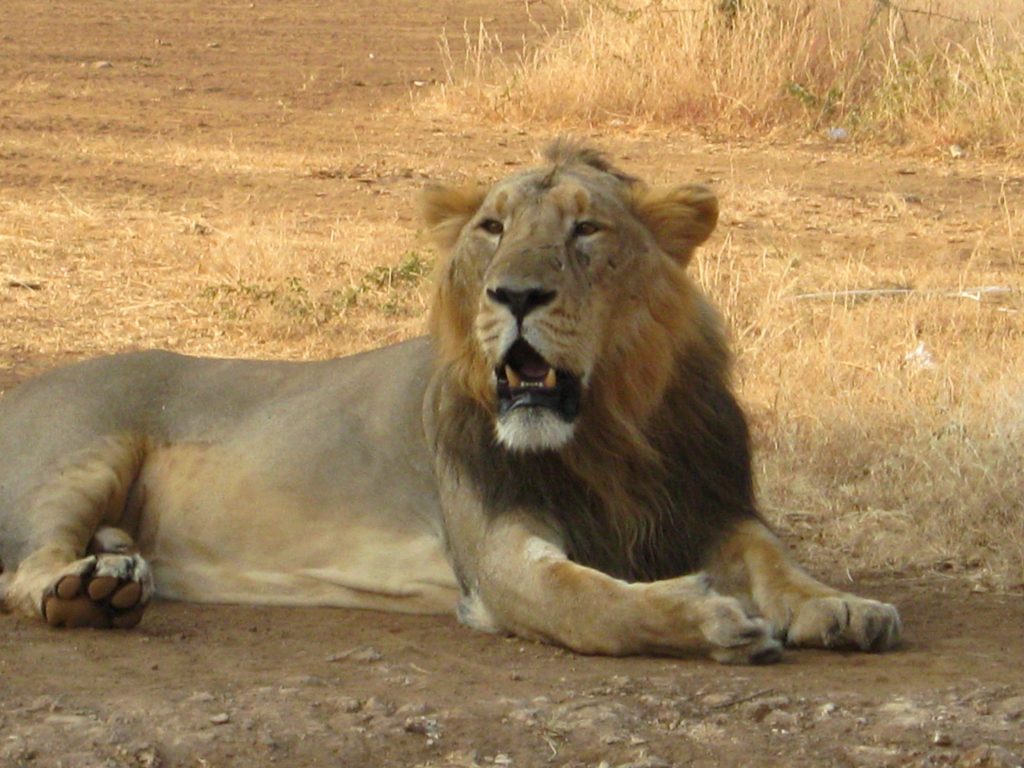
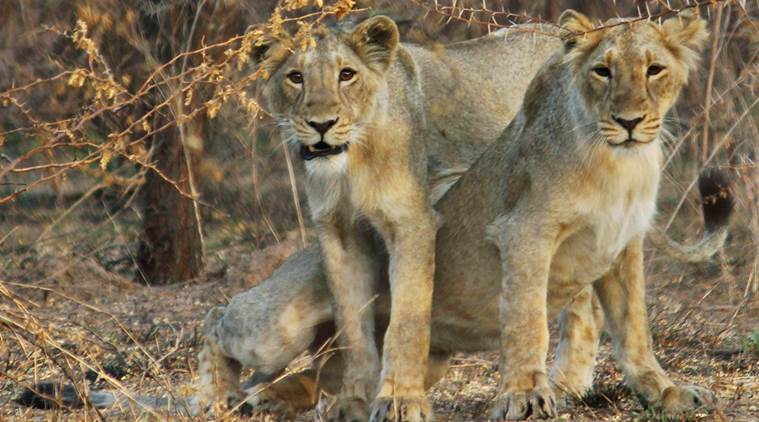

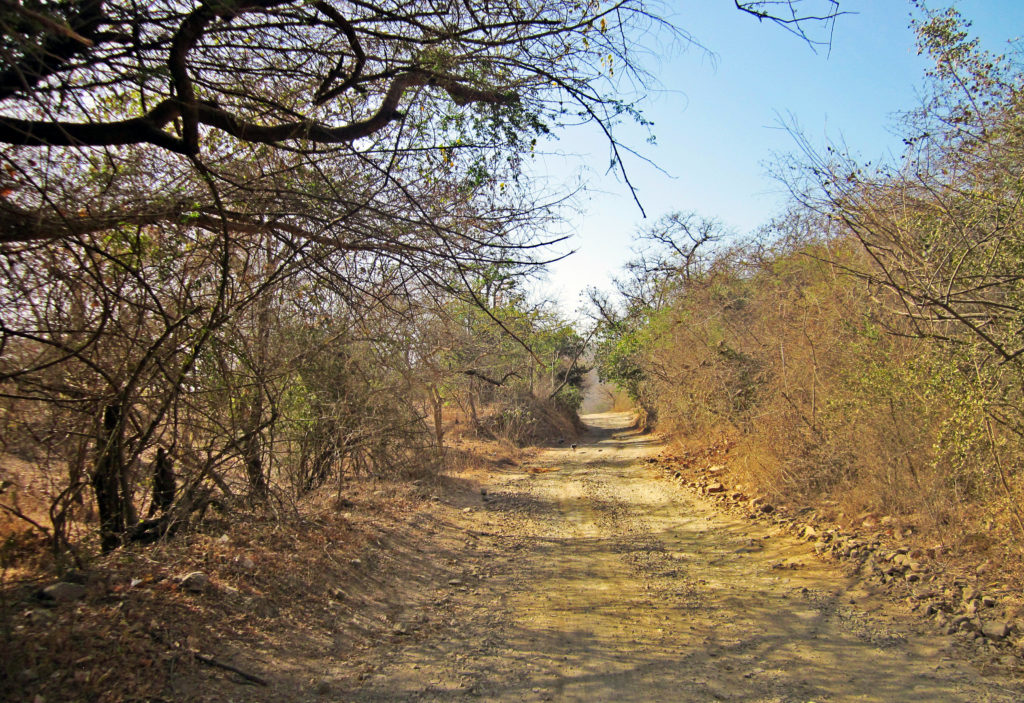
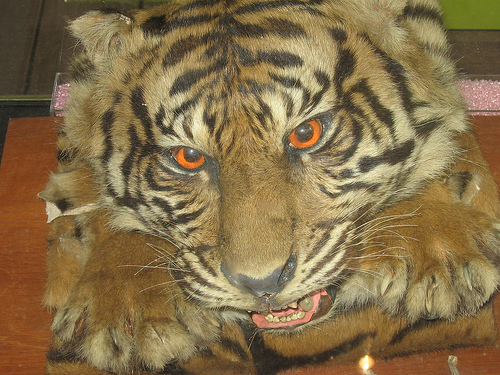

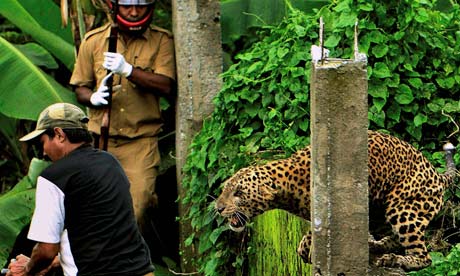
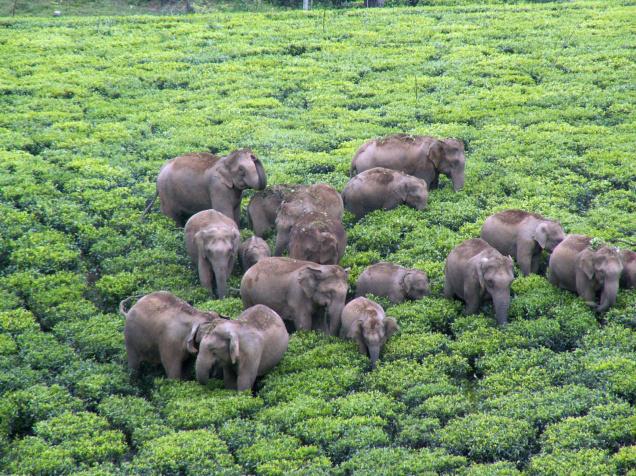
Very good and informative article about Gir lions. Keep writing…….
Thank you for your encouraging words 🙂